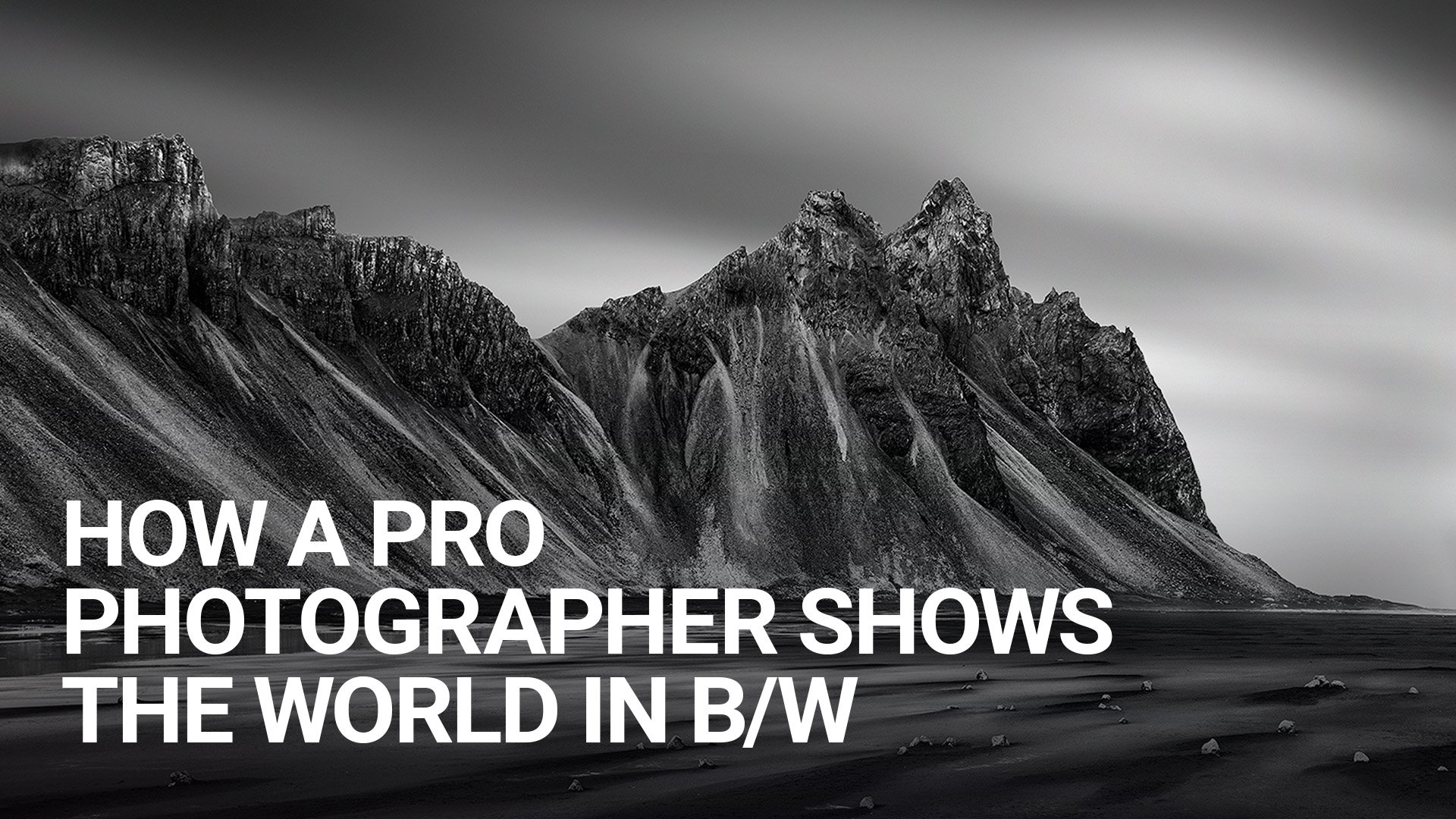

Ever wondered how the world would look like if it was all black and white? Thankfully, George Digalakis, a professional landscape photographer, has made it a habit to show how beautiful the world can be in such a colorless reality. Ditching all colors from his photos, George instead focuses on getting the perfect values and composition to show a location. This is how:
How do you look for locations to photograph?
A place I have visited, heard about, or just seen in images of other photographers is usually the motivation for a photo outing to a specific place. There is no need to travel to exotic places to find interesting subjects though. Fine Art is mainly about the ability to create mood and convey feelings to the viewer. I often find inspiration in the ordinary – elements ignored by other photographers and indifferent to most people; subjects that convey feelings of loneliness, isolation, and melancholy; bare trees in the water, old piers, lonely rocks, etc., things that we do not usually see, as we do not have time for it in our busy daily routine. I hope that my images will surprise and force people to take time to really look at the insignificant and discover beauty.
When traveling to a specific place, I perform a virtual exploration using Google Maps and/or Google Earth. I find it useful not only for finding interesting subjects but also for studying these subjects from various angles, searching for background distractions, vantage points, spots to place the tripod, etc., so I am as prepared as possible. And, of course, I always leave room for surprises; you never know what you are going to find on location. Many times, we lose interesting opportunities because we are so preoccupied with a preconceived mental concept about what is worth photographing in a certain location.
I noticed a lot of your photos are taken in misty weather. Do you have a preference for a specific weather or time of day for your unique style of pictures?
Weather conditions are a major factor for a successful outing. I prefer low-contrast scenes, while long exposure photography demands moving elements, and for a landscape photographer like me, clouds are a prerequisite. Mist gives that feeling of melancholy I’m after, but it also helps remove the distractions of the background and isolate my subject.
Thus, overcast, cloudy days are the weather conditions I’m usually looking for. The overcast light comes from the whole sky as the clouds act as a diffuser. It is soft, with low contrast, and the shadows, if at all present, are also soft, making for a low-contrast, atmospheric image with drama in the sky. I prefer this light for another reason, too; it is easier to shape in post-processing and allocate the higher contrast selectively, using dodging and burning, in the areas I want to be the most important in the image.
Therefore, checking a meteorological site in advance is a must. Unfortunately, predicting the weather is not yet a precise science. I’ve often traveled a long way to my chosen location, and instead of the promised cloudy sky or misty conditions, I found myself in a sunny environment totally unsuitable for the kind of images I had imagined.
What gear do you use?
I would like to make it clear that I’m not a gear addict and I don’t believe that expensive cameras or other sophisticated equipment could make our photography better. Some of my best photographs have been taken with my old Nikon D7000, and I switched to a full-frame camera only because of the need to print in large format.
For the last 4 years or so, I have used a Nikon D850 ($2195). My most used lens is the NIKON 14-24mm ($1596), on which NISI 150mm square filters are attached. I also use the 70-200mm Nikon lens. A stable tripod is essential in long exposure photography and I use a carbon tripod well over 2kg, but its stability pays for the extra effort to carry it.
Editor’s note: I still have a few friends that use the D850, and on similar principles to George, one of these friends keeps telling me, “Why should I upgrade? This camera does everything I need it to, and it’s not like it has an expiration date you know”. And honestly, I can’t argue with them. I love the new Nikon Z flagships, but if you don’t have a reason to ditch your current camera, you don’t really need to spend $3496 on a Nikon Z8.






